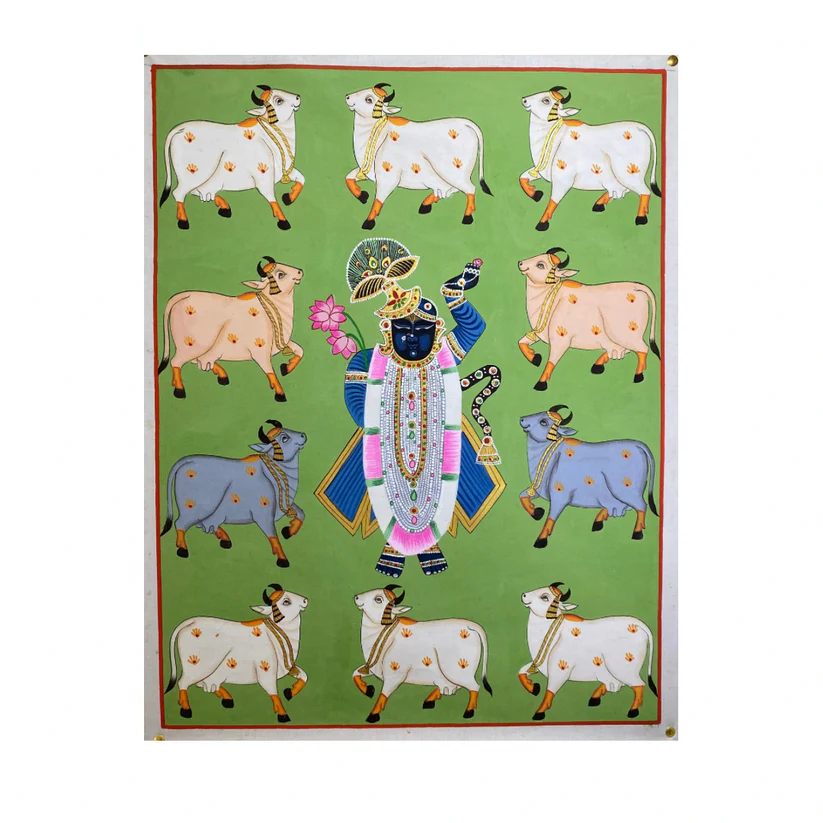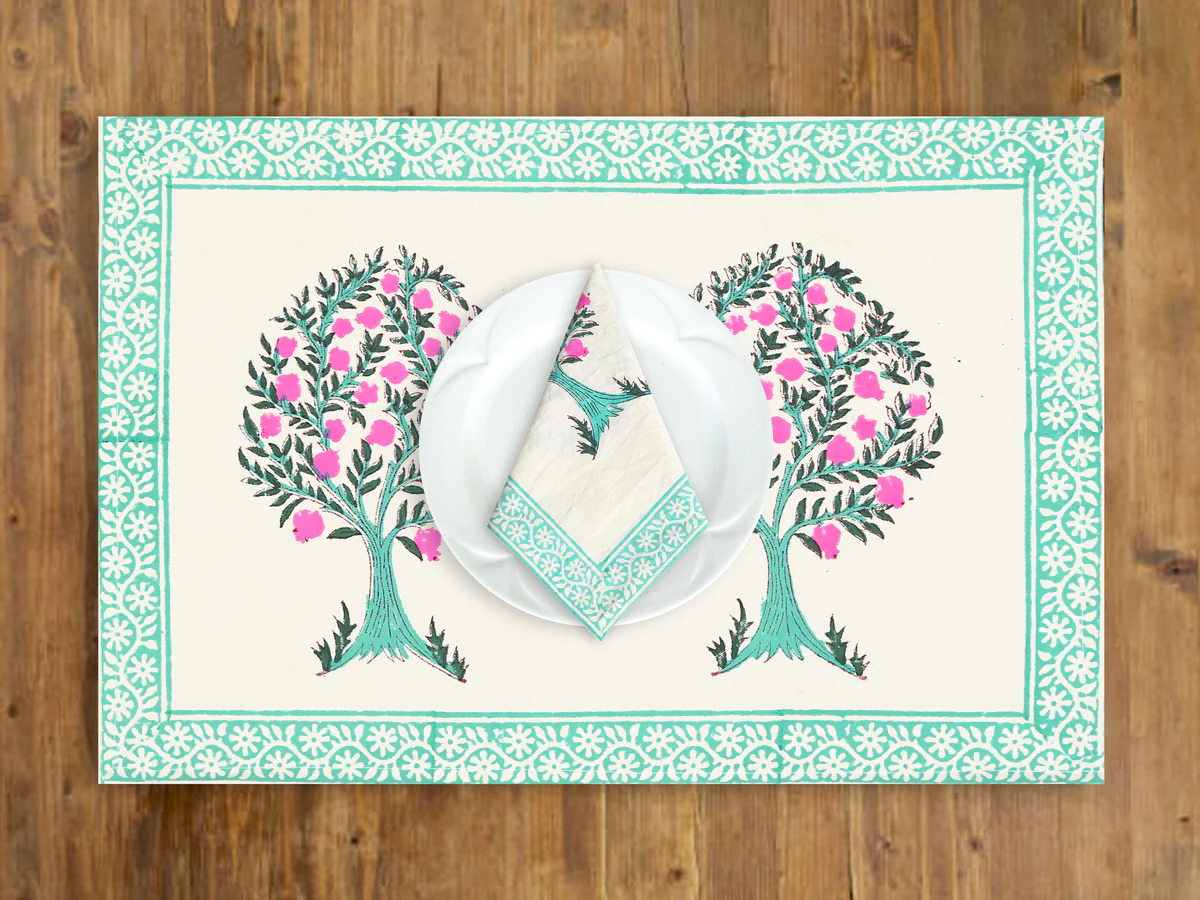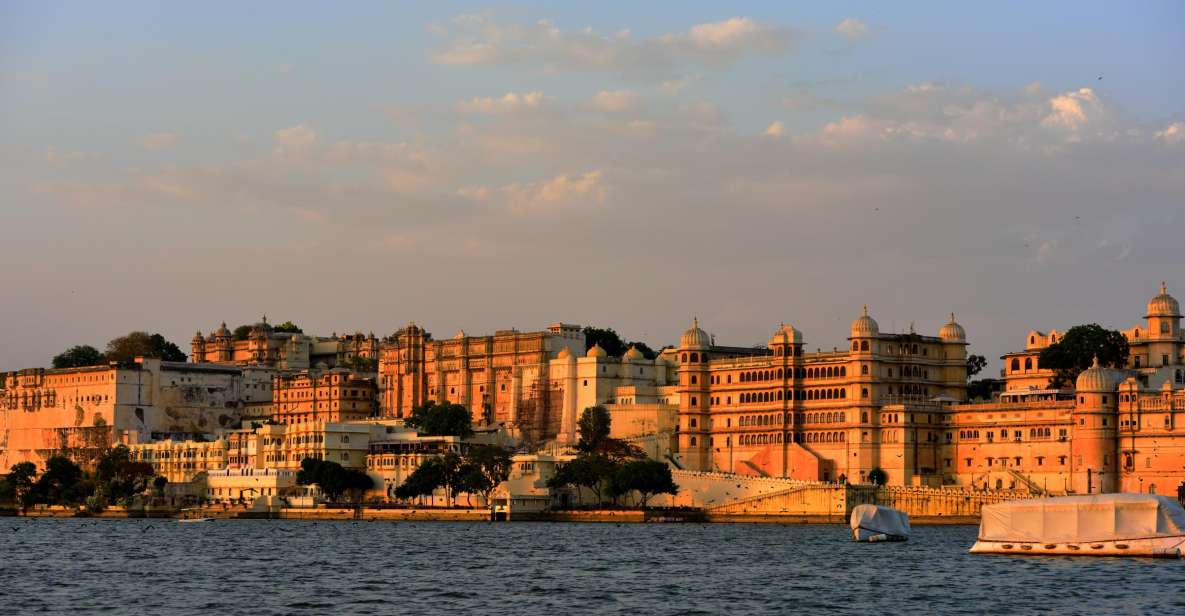How Rajasthan’s Miniature Art Captures Stories of the Past

Rajasthan’s miniature art is more than just a form of artistic expression; it is a historical record that reflects the royalty, devotion, and daily life of ancient India. These intricate paintings tell stories of mythology, courtly traditions, and nature, preserving cultural narratives that have been passed down for generations.
This article explores how Rajasthan’s miniature paintings serve as a visual chronicle of history, capturing epic tales, royal grandeur, and spiritual devotion. We will also connect these artworks to related traditions like Pichwai Paintings and Birds on Canvas to highlight the depth of storytelling in Indian art.
The Origins of Storytelling in Rajasthan’s Miniature Art
The tradition of miniature painting in Rajasthan dates back to the 16th century, flourishing under the patronage of Rajput rulers. Unlike written manuscripts, these paintings served as visual narratives, making historical and religious stories more accessible to people.
Inspired by Mughal, Persian, and indigenous Rajasthani influences, artists developed unique styles and techniques to illustrate epic sagas, royal customs, and natural landscapes. Over time, these paintings became a crucial part of temples, palaces, and manuscripts, preserving India’s cultural and artistic legacy.
Different Styles of Miniature Paintings and Their Storytelling Themes
Rajasthani miniature paintings evolved into distinctive regional styles, each with its own storytelling approach.
1. Mewar Style: The Glory of Rajput Kings
-
Originated in Udaipur and Chittorgarh.
-
Focuses on historical battles, grand celebrations, and royal court scenes.
-
Uses bold colors, dramatic expressions, and elaborate backdrops to bring stories to life.
2. Marwar Style: Tales of Rajput Valor
-
Found in Jodhpur, Bikaner, and Jaisalmer.
-
Emphasizes warfare, hunting expeditions, and daily life in royal courts.
-
Often portrays kings riding horses, warriors in armor, and palace interiors.
3. Bundi-Kota Style: Nature and Monsoon Stories
-
Flourished in Bundi and Kota, known for lush landscapes and seasonal themes.
-
Features monsoon scenes, animal interactions, and forest settings, creating a poetic connection between nature and human life.
-
Paintings often depict romantic stories of Radha-Krishna amidst flowing rivers and blooming gardens.
4. Kishangarh Style: Poetry in Painting
-
Famous for the Bani Thani painting, symbolizing idealized beauty and poetic grace.
-
Known for elongated eyes, refined figures, and soft pastel shades.
-
Primarily illustrates love stories of Radha and Krishna, emphasizing their divine romance.
5. Bikaner Style: Persian Influence in Storytelling
-
Strong Mughal and Persian influences, incorporating detailed calligraphy and floral designs.
-
Features portraits of emperors, religious leaders, and intricate palace structures.
-
Highlights courtly conversations, intellectual gatherings, and royal entertainment.
How Miniature Art Narrates Historical and Mythological Stories
1. The Epics: Ramayana and Mahabharata
-
Many miniature paintings illustrate scenes from Hindu epics, serving as visual manuscripts for sacred stories.
-
Artists depict Lord Rama’s exile, Hanuman’s devotion, and the battle of Kurukshetra with lifelike expressions and vibrant hues.
2. Lord Krishna and His Divine Acts
-
The playful and spiritual stories of Krishna are a major theme in Rajasthani miniature art.
-
Paintings capture Krishna’s childhood pranks, flute melodies, and dance with Radha, creating a sense of devotion and joy.
-
Pichwai Paintings, closely linked to miniature art, portray Krishna in elaborate temple settings, surrounded by gopis, cows, and celestial symbols. You can explore Pichwai Paintings here.
3. Rajput History and Courtly Life
-
Miniature paintings preserve the bravery and lifestyle of Rajput rulers through detailed depictions of battles, processions, and royal feasts.
-
These artworks showcase traditional clothing, jewelry, and weaponry, providing a glimpse into the grandeur of Rajasthan’s past.
4. Love and Romance in Miniature Paintings
-
Romantic themes, especially those of Radha and Krishna, are beautifully expressed through delicate brushstrokes and soft colors.
-
Paintings illustrate moonlit meetings, poetic conversations, and divine love, reflecting the importance of romance in Indian literature.
5. Connection to Nature and Wildlife
-
Many miniature paintings depict forests, rivers, and birds, highlighting the harmony between humans and nature.
-
Birds on Canvas is a related artistic tradition that celebrates the elegance of Rajasthan’s bird species through intricate detailing and natural color palettes. You can explore Birds on Canvas here.
Techniques That Bring Stories to Life in Miniature Art
The storytelling power of miniature paintings lies in their precise techniques and attention to detail.
1. Fine Sketching and Outlining
-
Artists first draw the basic outlines using charcoal or ink, ensuring the composition is balanced.
2. Use of Natural Colors for Visual Impact
-
Colors are derived from minerals, plants, and organic sources, adding depth and richness to the artwork.
-
Some common pigments include:
-
Red – Made from cinnabar, representing energy and passion.
-
Blue – Derived from lapis lazuli, symbolizing divinity.
-
Green – Extracted from malachite, representing nature.
-
Gold and Silver – Used for highlighting jewelry and royal elements.
-
3. Layering and Detailing
-
Colors are applied in layers, starting with lighter shades and gradually adding depth.
-
Artists use squirrel-hair brushes to paint facial features, textile patterns, and architectural designs.
4. Storytelling Through Symbolism
-
Every element in miniature paintings carries symbolic meaning, enriching the narrative:
-
Peacocks symbolize monsoon and love.
-
Lotus flowers represent purity and divinity.
-
Elephants and horses indicate power and royalty.
-
The Cultural and Historical Value of Miniature Art
Miniature paintings are not just decorative pieces—they serve as a bridge between history and art.
1. Preserving Cultural Heritage
-
These paintings provide a visual archive of Rajasthan’s history, festivals, and daily life, keeping traditions alive for future generations.
2. Spiritual and Religious Connection
-
Many miniature paintings are used in temples and devotional spaces, reinforcing their role in spiritual storytelling.
3. Influence on Contemporary Art
-
Miniature art has inspired modern artists, fashion designers, and home décor trends, blending traditional techniques with new styles.
Conclusion
Rajasthan’s miniature paintings are timeless storytellers, capturing history, mythology, and everyday life with unparalleled craftsmanship. Each painting transports viewers to a different era, allowing them to experience the grandeur of Rajput courts, the devotion of Krishna’s followers, and the beauty of Rajasthan’s landscapes.
For those interested in exploring traditional Indian art, Pichwai Paintings offer a glimpse into temple artistry, while Birds on Canvas celebrates nature’s grace through intricate detailing. By appreciating these masterpieces, we contribute to preserving a centuries-old legacy that continues to inspire generations.







